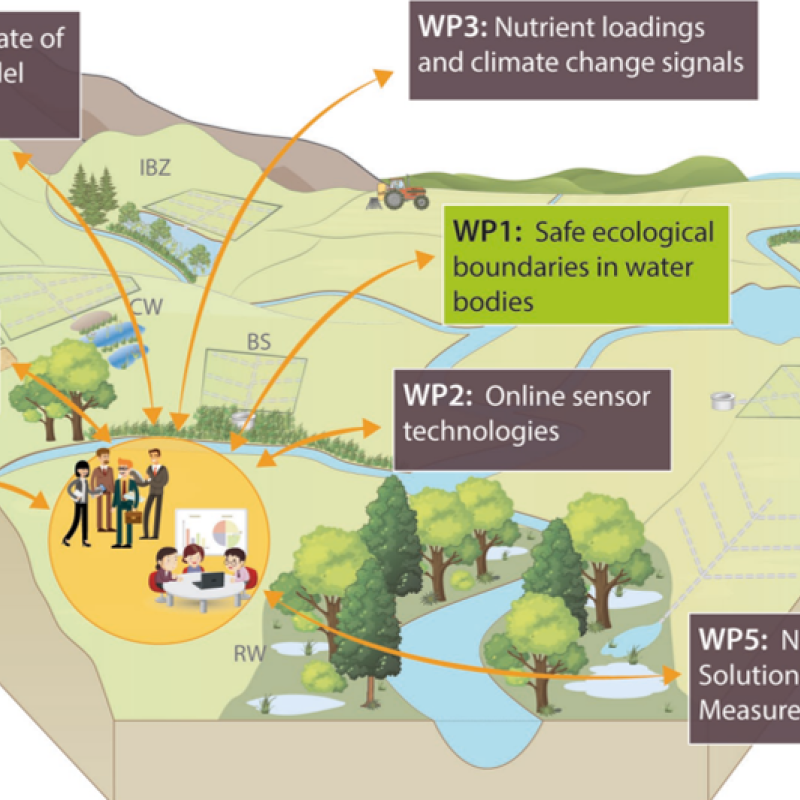Eva Skarbøvik
Seniorforsker
(+47) 416 28 622
eva.skarbovik@nibio.no
Sted
Ås - Bygg O43
Besøksadresse
Oluf Thesens vei 43, 1433 Ås (Varelevering: Elizabeth Stephansens vei 21)
Biografi
Utdanning:
Erfaring og kompetanse:
- Vannovervåking og tiltaksgjennomføring i henhold til vannforskriften
- Integrert vannressursforvaltning
- Erosjon og transport av forurensing i vann; kanterosjon og utforming av kantsoner langs vassdrag
- Effekter av klimaendring på vassdragssystemer
- Miljøeffekter av vannkraftutbygging (hydrologi, vannkjemi, sediment)
Sammendrag
Det er ikke registrert sammendrag
Forfattere
Maja Stade Aarønæs Matthew Grainger Gunnhild Søgaard Ulrika Jansson Heleen de Wit Christian Lindemann Ann Kristin Schartau Eva Skarbøvik Øyvind Handberg Henrik Lindhjem Lillian Hansen Sindre Langaas Amanda Elizabeth Poste Ken Olaf Storaunet Eivind Lekve BjelleSammendrag
Det er ikke registrert sammendrag
Sammendrag
Det er ikke registrert sammendrag

Divisjon for miljø og naturressurser
NORDBALT ECOSAFE: Nitrogen and phosphorus load reduction approach within safe ecological boundaries for the Nordic Baltic region
About the project

Divisjon for miljø og naturressurser
Hydrologiske strategier for optimalisering av funksjonen til fangdammer i et endret klima
Fangdammer er kjent som effektive tiltak for å redusere forurensning og forbedre vannkvalitet i jordbruksbekker.

Divisjon for matproduksjon og samfunn
Agricultural mitigation measures and the value of water quality improvements
Agriculture is one of the main sources of water pollution in Norway, and an important contributor to GHG emissions.

Divisjon for matproduksjon og samfunn
Tiltak i landbruket og verdien av forbedret vannkvalitet
Landbruket er en av de viktigste kildene til vannforurensing i Norge, og samtidig en stor bidragsyter til klimautslipp.
